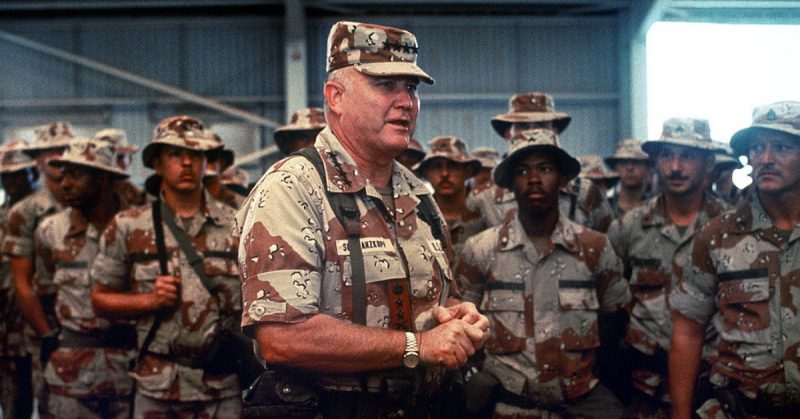Warfighting is more than just bringing more and or better firepower to bear on the enemy. Many great strategists would tell you that many a battle is won before the fighting even starts.
A big part of that equation is planning, and within that planning – deception. Many people think of elaborate operations to make the enemy believe you are planning one thing while you are really planning another, but as you will read, sometimes just a simple bluff can work wonders.
Here are some known as well as relatively unknown deception cases in military history – not including the first (the Trojan Horse) or the most famous (D-Day).
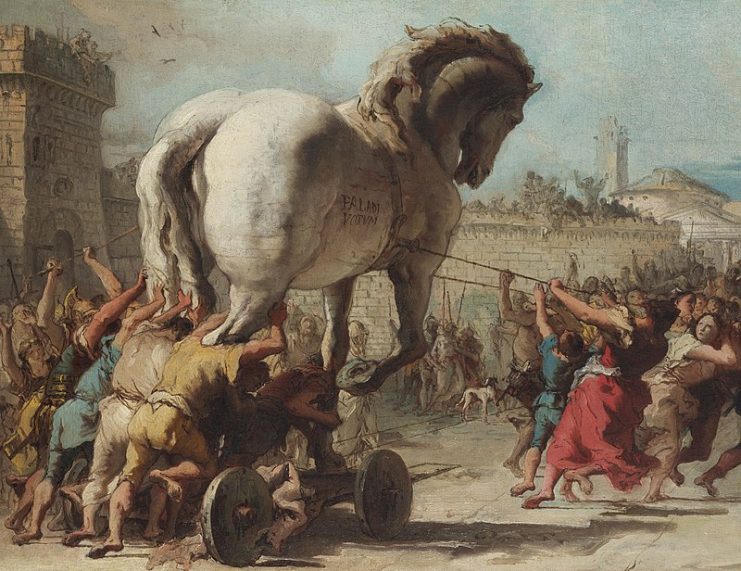
The Battle of Fishguard
…which wasn’t really a battle, but could have led to one of the most pivotal operations in the history of Europe had it succeeded. Fishguard is a small coastal town in Pembrokeshire, Wales, and today it has a population of about 3,000. In 1797, it was a thriving little fishing village and the site of the only known French invasion of the British Isles in the French Revolutionary period.
The French forces were likely on an expedition to test British defenses on the west coast as part of an elaborate plan to land Irish and French armies in England. The plan called for a three-pronged invasion of the west coast with the goal of seizing the important city of Bristol.
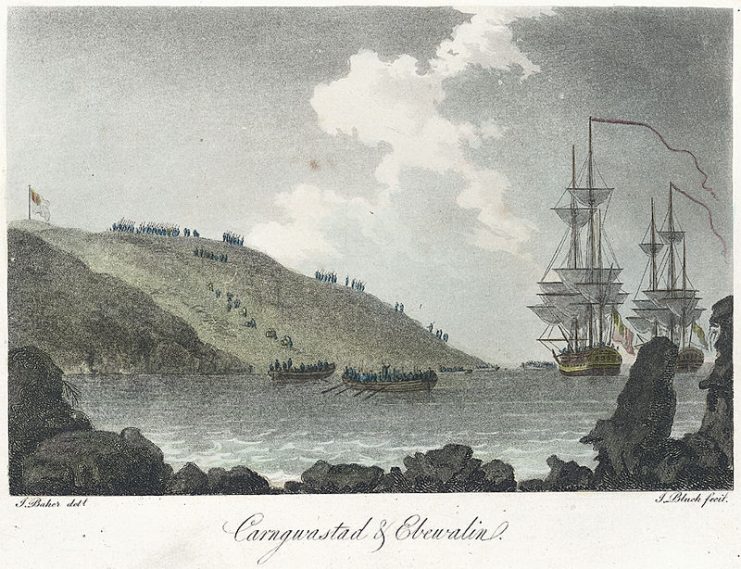
Unfortunately for the Franco-Irish force, two of the three forces were hit by bad weather and forced to return home. The third force carried on and landed a few miles west of Fishguard. The force of 20 longboats’ worth of men, over 45 barrels of powder, and 50 tons of grenades was enough to take the town and more.
However, the French naval commander, Commodore Castagnier, sent a small French ship into the enclosed bay to reconnoiter the area. They flew a British flag, not expecting the British to be in Fishguard.

When the British forces which were indeed at Fishguard sighted the ship, they fired a single shot – a blank – from a 9 pounder. Then and there, the French hoisted their colors and turned tail.
Good thing too – the British had 8 cannon, but only three cannonballs.
A small assorted force of French troops and Irish irregulars did land nearby, but they were soon defeated by the British. Had the cannon not been fired and the French commodore not had second thoughts, the story might have been different.
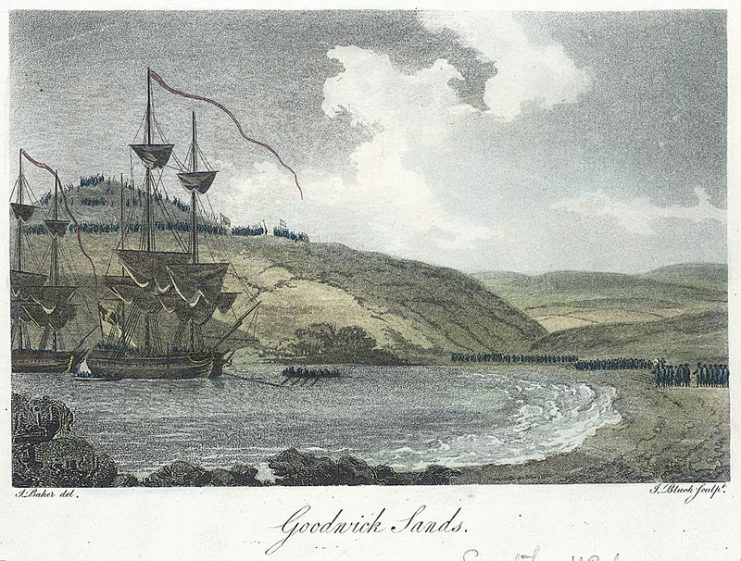
No, it wasn’t Ragnar Lothbrok
In the TV series Vikings, Viking king Ragnar Lothbrok (who may or may not have been a real person) fakes his demise and pops out of a casket within the walls of Paris, then allows his forces into the city where they plunder and burn.
One of the men upon whom the Ragnar of the series was modeled was the famous Viking warrior Harald Hardrada (“Hard-ruler”).
![Coin of Harald as the sole Norwegian king, “ARALD REX NAR [vegiae]”. Imitation of a type of Edward the Confessor.](https://www.warhistoryonline.com/wp-content/uploads/sites/64/2019/05/harold-iii-coin.png)
Harald, a Norwegian, wanted to test his mettle and make his reputation in foreign lands. This he did throughout the Balkans.
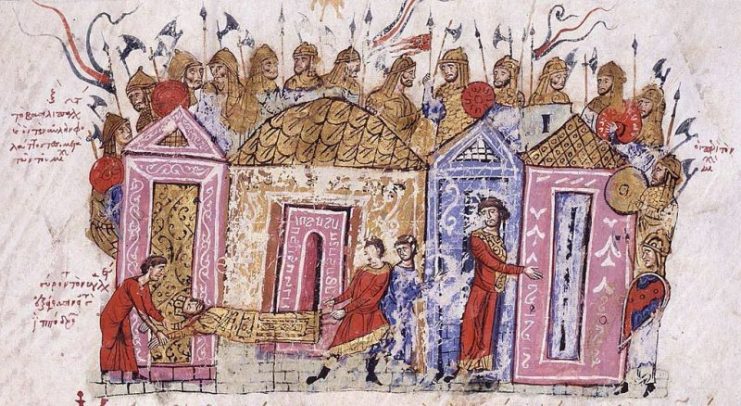
In one instance, sent to punish or subdue a Balkan lord, he laid siege to a castle and was having a tough time with it. In the end, it was deception that allowed him to take the castle and all that lay within. After figuratively banging his head against the castle walls for some time, Harald came up with a new idea.
His troops went to the castle walls and told those within that their chief was sick and dying of some unknown fever. They asked the priests within to allow their commander to be buried with the city walls and implied that in return, the city and church would be given rich gifts.
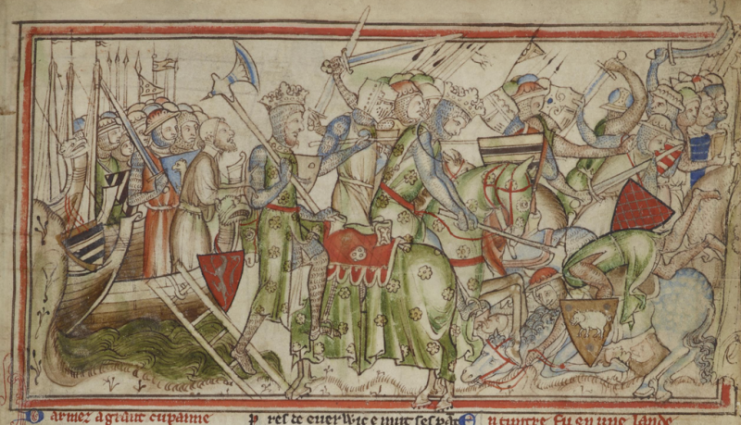
Just like on TV, Harald was placed in a closed casket, surrounded by trusted men. As soon as they were within the gates, his men killed the enemy troops guarding the entrance and made sure it stayed open. At that point, Harald’s men outside poured into the city, just as Harald himself popped out of the coffin and ordered that no one in the town should be left alive.
Of course, most conquerors get greedy, and Harald met his own fate at Stamford Bridge in England in 1066.

Maskirovka
After they recovered from their initial losses, the Soviets in WWII themselves became masters of the German “blitzkrieg” tactics, and even took it a step further. Operating on a front over 1,500 miles long, there were plenty of opportunities to mislead the enemy, but perhaps the greatest Soviet battlefield deception operation came at Kursk in July 1943.
Boiled down, the main elements of maskirovka are “denial, deception, and surprise”: denying the enemy a goal, while making him believe you are going to react a certain way, then surprising him with something altogether unexpected.
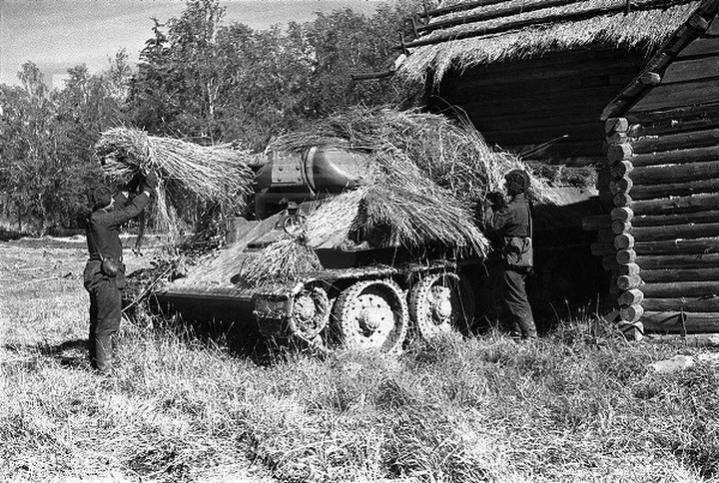
Hitler was amassing some 750,000 troops with large numbers of tanks on the edges of a bulge in his lines near the Soviet city of Kursk. His plan was to attack the northern and southern shoulders of this bulge and hopefully cut off the Soviet forces within while forcing nearby troops to retreat.
From intelligence sources with the German high command, code-breaking, and battlefield intelligence, the Soviets were well aware of this plan long before it began. The key for them was not letting the Germans know what they knew, while encouraging them to believe that the Red Army forces there were much smaller than they actually were.
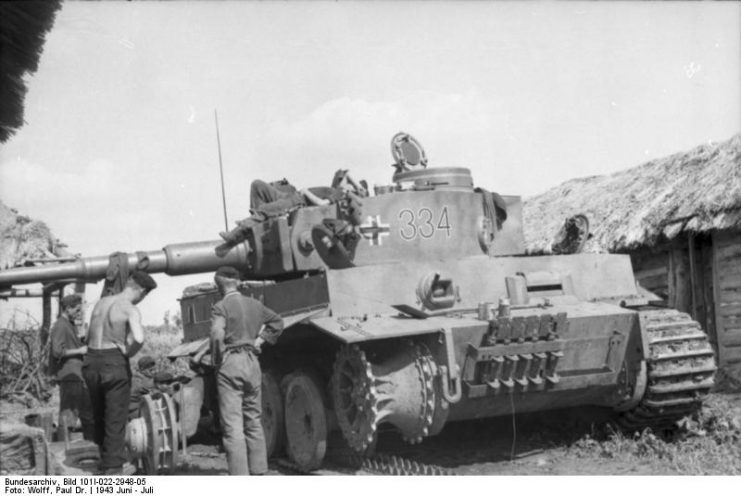
To do this, they spread false rumors among their own troops, knowing the some of the less disciplined men and radio operators would talk about what they heard, and knowing that German spies and radio counter-intelligence men would be listening.
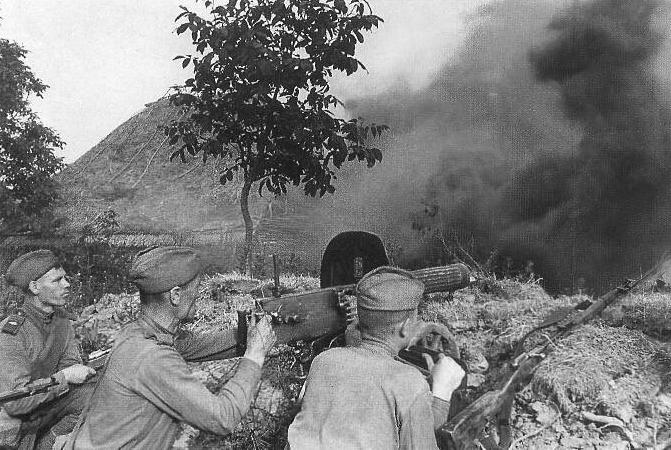
Additionally, all movements of reinforcements and supplies occurred at night, and they built dummy aircraft and landing fields not only to confuse the Germans but also to cause them to waste resources.
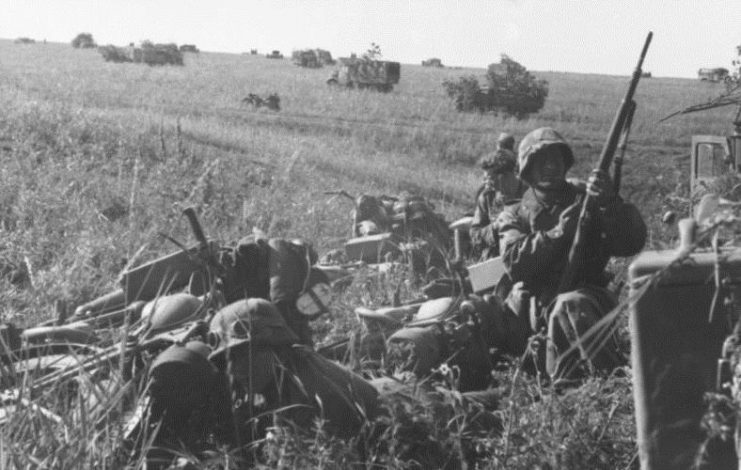
When the battle came, the Soviets had led the Germans to believe that they would be facing about 400,000 men and about 1,500 tanks. In fact, they had three times as many men, twice the tanks, and 3,000 aircraft.
They had also built progressively stronger defensive belts within the bulge, each one wearing down the powerful German force until the Soviets began their massive counter-attack.
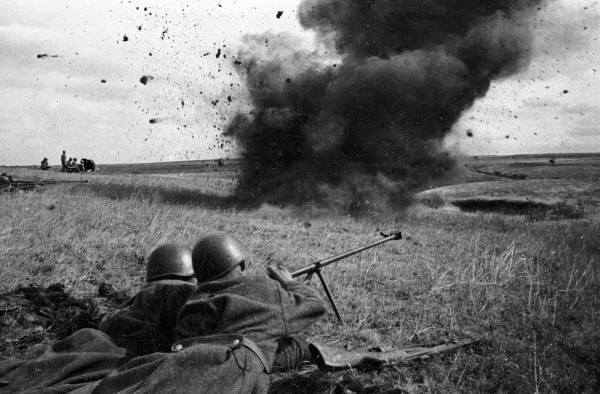
Firebase Diamond, Vietnam 1969
After they surprised the Americans during the Tet Offensive of 1968, the North Vietnamese and their South Vietnamese allies, the Viet Cong, were looking to follow up their achievement (which was a military defeat but a political success) with an outright military victory.
In 1954, the North Vietnamese had inflicted a decisive defeat on the colonial French overlords at Dien Bien Phu, a firebase deep inside North Vietnam. This defeat led to the French evacuation of Indochina, as Vietnam was then called.
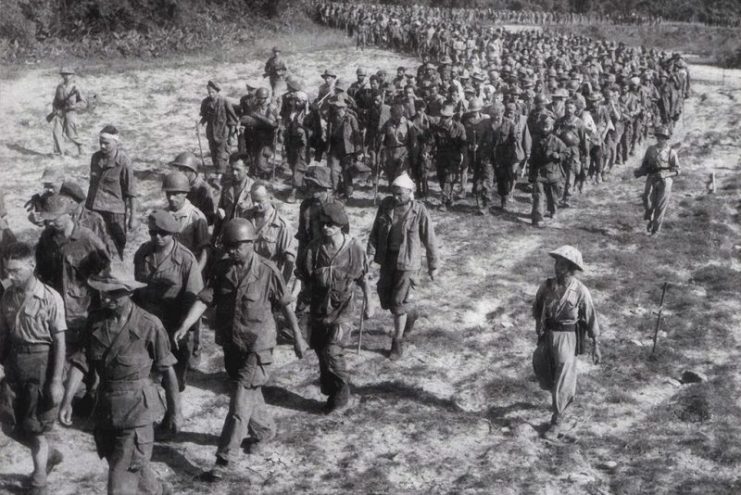
Throughout their war with the Americans, the North Vietnamese Army (NVA) and Viet Cong (VC) had attempted to overwhelm American bases in the same way, and though they inflicted heavy casualties, they took more themselves and were never successful.
In February 1969, they felt the time was right to try again, but where? Well, the Americans thought they might help with that.
Having picked up intelligence that indicated the North Vietnamese were looking for a significant American outpost to overwhelm so they could claim yet another propaganda victory, US forces decided to build one that would be too “tasty” for the NVA and VC to resist.
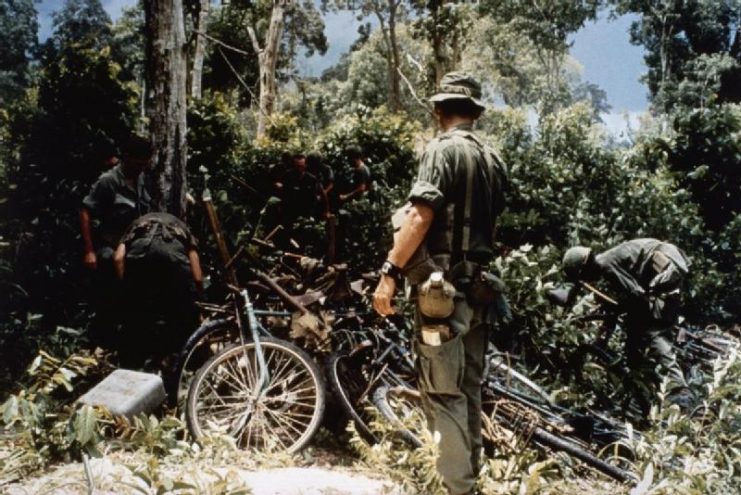
In an isolated area northwest of Saigon (today’s Ho Chi Minh City) near the Cambodian border, the Americans purposely built a base in the hope that the enemy would attack it. Manned by the 2nd Battalion, 27th Infantry Division, the base (called “Diamond I”) was just like a fishing lure, innocently floating on the surface of a lake.
Within the forest around it, the Americans had placed hundreds of motion detectors and secretly deployed much more artillery than the enemy suspected.
On June 21, 1969, after two days of shelling, a regiment of NVA attacked the base – losing about 200 men to the loss of 10 Americans in two failed attacks.
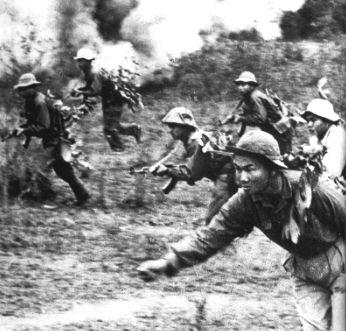
Hold ’em by the nose and kick ’em in the pants!
Or so says George C. Scott as “Patton” in the famous movie about the WWII general. In 1991, American General Norman Schwarzkopf took this advice to heart. Tasked with driving the occupying Iraqi Army out of Kuwait, Schwarzkopf and his staff came up with a classic plan and executed it to perfection.
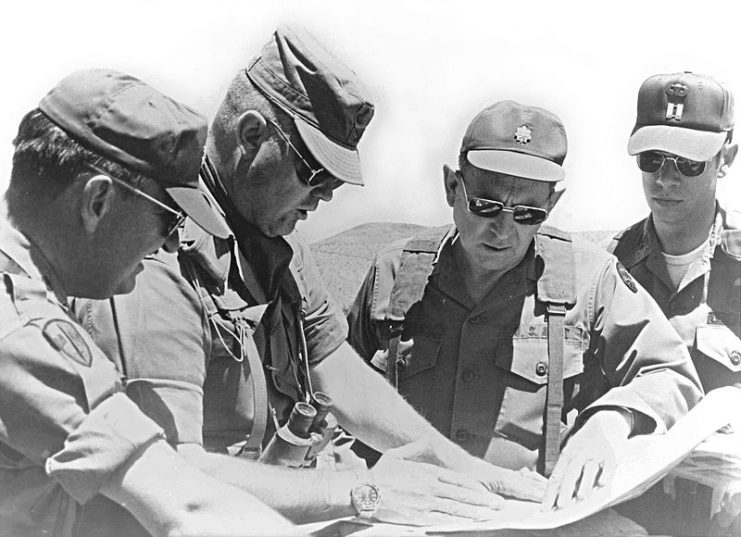
Knowing that the Iraqis firstly didn’t believe the Americans could fight in the desert wastes west of Kuwait and, secondly, had heavily fortified the Saudi-Kuwaiti border, Schwarzkopf developed a plan that would make the Iraqis believe he was going to do exactly what they expected him to.

On January 16th, 1991 after months of massive air raids on Iraq’s command and control on the Saudi-Kuwaiti border and within Iraq, the armored and infantry forces of the US Marines crossed into Kuwait, just as the enemy expected.
Unknown the Iraqis, who were listening to American broadcasts about how the bulk of their forces were remaining in place, the mass of US Army and Allied troops made a swift “left hook” not only behind the Iraqi forces defending the front line but also within Kuwait itself. Though the fight was truly to begin after the maneuver was completed, the battle, and the war, had already been won.
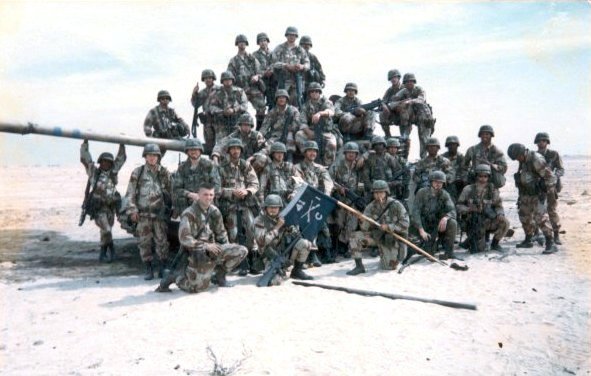
The Q-Boats
How do you beat a “U-boat”? A “Q-boat”.
A what?
Well, “Q-boat” or “Q-ship” is just a designation that doesn’t mean anything, but during WWI when the Germans were beginning to take a toll on British merchant and combat shipping, the British were desperate for an effective counter to the submarine menace. Though sonar had been developed, it was in its infancy and was not very effective.
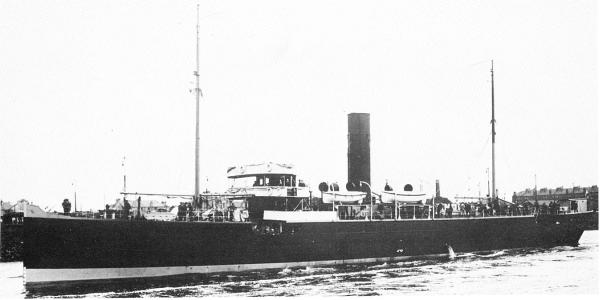
Another device, the hydrophone (which is still being used today in underwater early warning systems – much more effectively) was an underwater microphone that could ostensibly pick up the noise of the U-boats as they approached.
However, their radius was limited and if a U-boat commander and crew were skilled enough, odds were good that no hydrophone of WWI would pick them up.
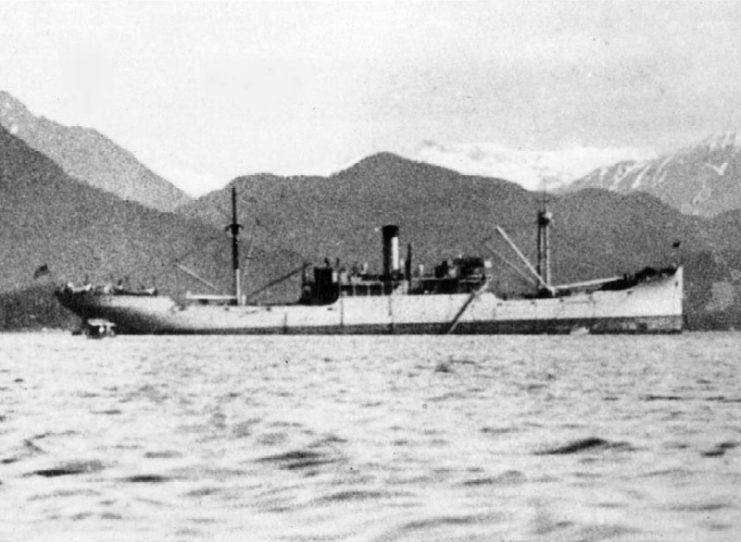
Then what to do?
Well, one solution the Royal Navy came up with involved deception. Ships, both military and civilian, were dressed up as neutral merchant tankers, freighters, and such – but were well-armed.
Since many WWI submarine attacks actually occurred on the surface, where a sub’s speed and low profile could help it both stay in pursuit and hide among the waves, the Q-boats were ordered to fly false flags of neutral nations.
Read another story from us: “Turtle” of 1776 – The First ‘Submarine’ Ever Used In War
When a U-boat was sighted, the crew simulated a panic, even going so far as to have assigned men jump overboard in “fear.” In reality, the ships were crewed by Royal Navy sailors just waiting for the U-boats to get close enough to blow them out of the water. By war’s end, the Q-boats had sunk ten German subs using these tactics.
